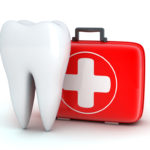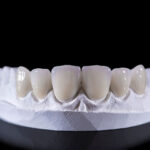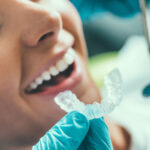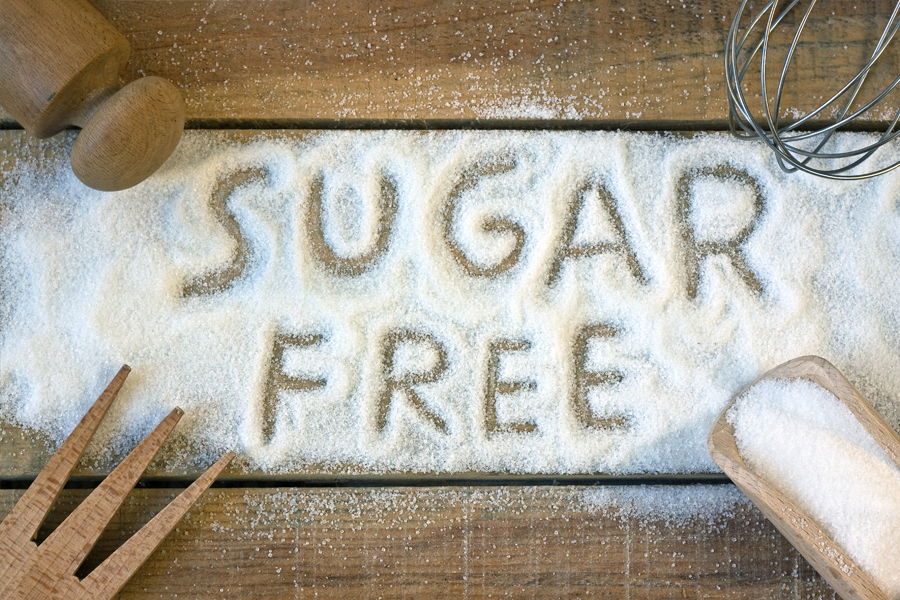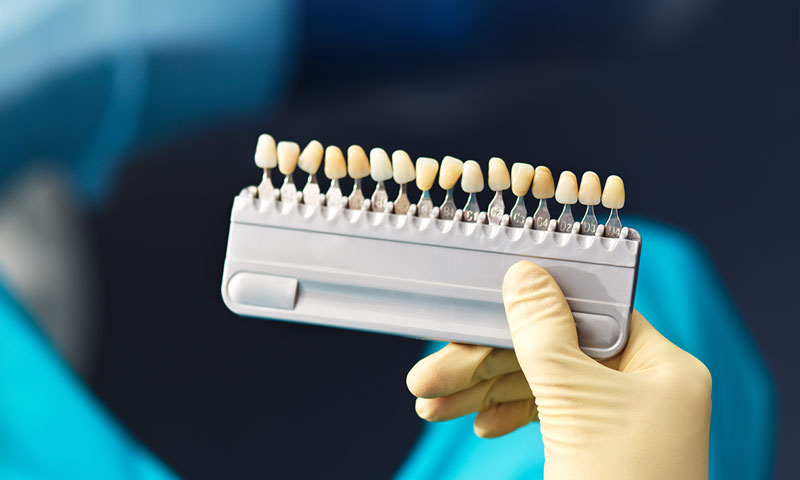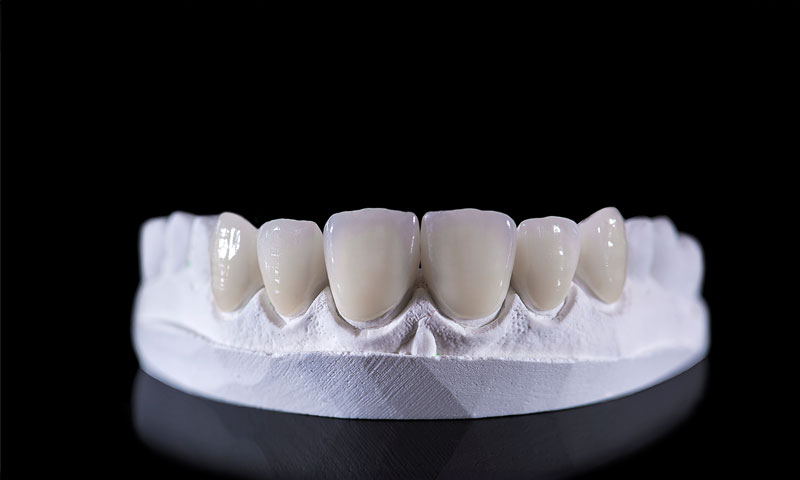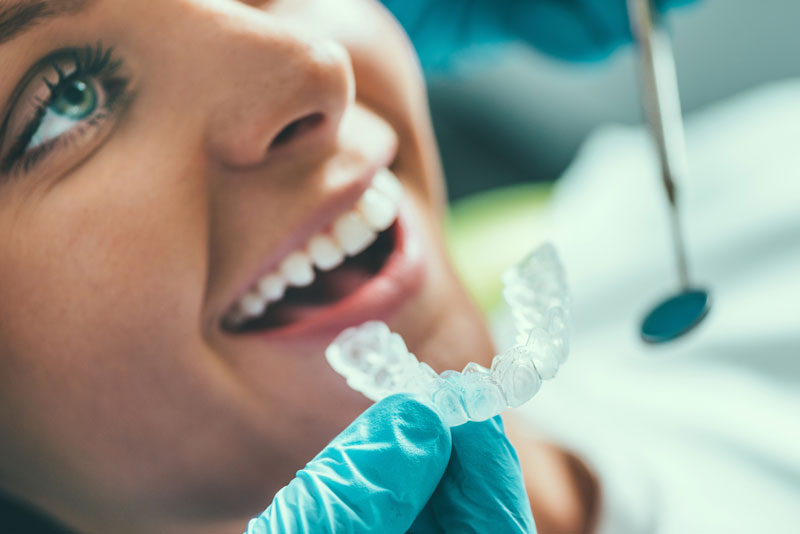Today, grocery stores are filled to the brim with seemingly “healthy” processed food. Labels proudly advertise “Fat Free!” and “Zero Calories!” resulting in uninformed consumers rushing to buy them for their families. Customers assume that, because sugar is “bad” — “sugar-free” must be “good”. Unfortunately, this assumption has caused numerous cavities across the country in adults and children alike.
Sugar-Free is Not Danger Free
Scientists at the Melbourne University’s Oral Health Cooperative Research Centre experimented with a wide range of sugar-free sodas, sports drinks, and sweets and discovered that most of them are just as destructive to teeth as their sugar-filled equivalents because of their chemical composition.
Getting Scientific
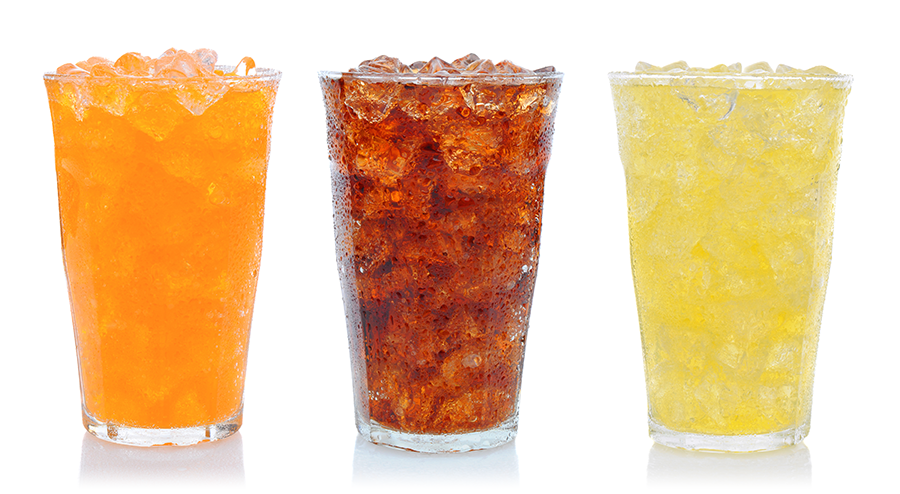
Technically, sugar-free foods don’t actually lead directly to cavities. They do, however, strip away a tooth’s outer layer. How it works: sugar-free foods contain acids like phosphoric acid (found in sodas) or citric acid (found mainly in lemon and lime flavored drinks). These acids result in chalkiness on the tooth’s surface, pitting, opacity, tooth sensitivity and other teeth problems.
What about Sugar-Free Gum?
Don’t worry — Sugar-free gum is okay. In fact, the researchers have found that sugar-free gum can stimulate saliva flow, which rinses away acids and hardens softened tooth enamel.
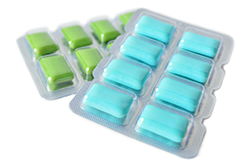
What To Do
We recommended that, when it comes to drinks, you reduce the consumption of both sugared and sugar-substitute beverages. The best source of hydration? Good old-fashioned water.
If you MUST consume foods and drinks with high acidity, make sure you rinse your mouth with water afterward.
BUT DO NOT BRUSH RIGHT AWAY. Brushing your teeth within an hour of consuming acidic food can remove the softened layer of the tooth — something you cannot replace naturally.



